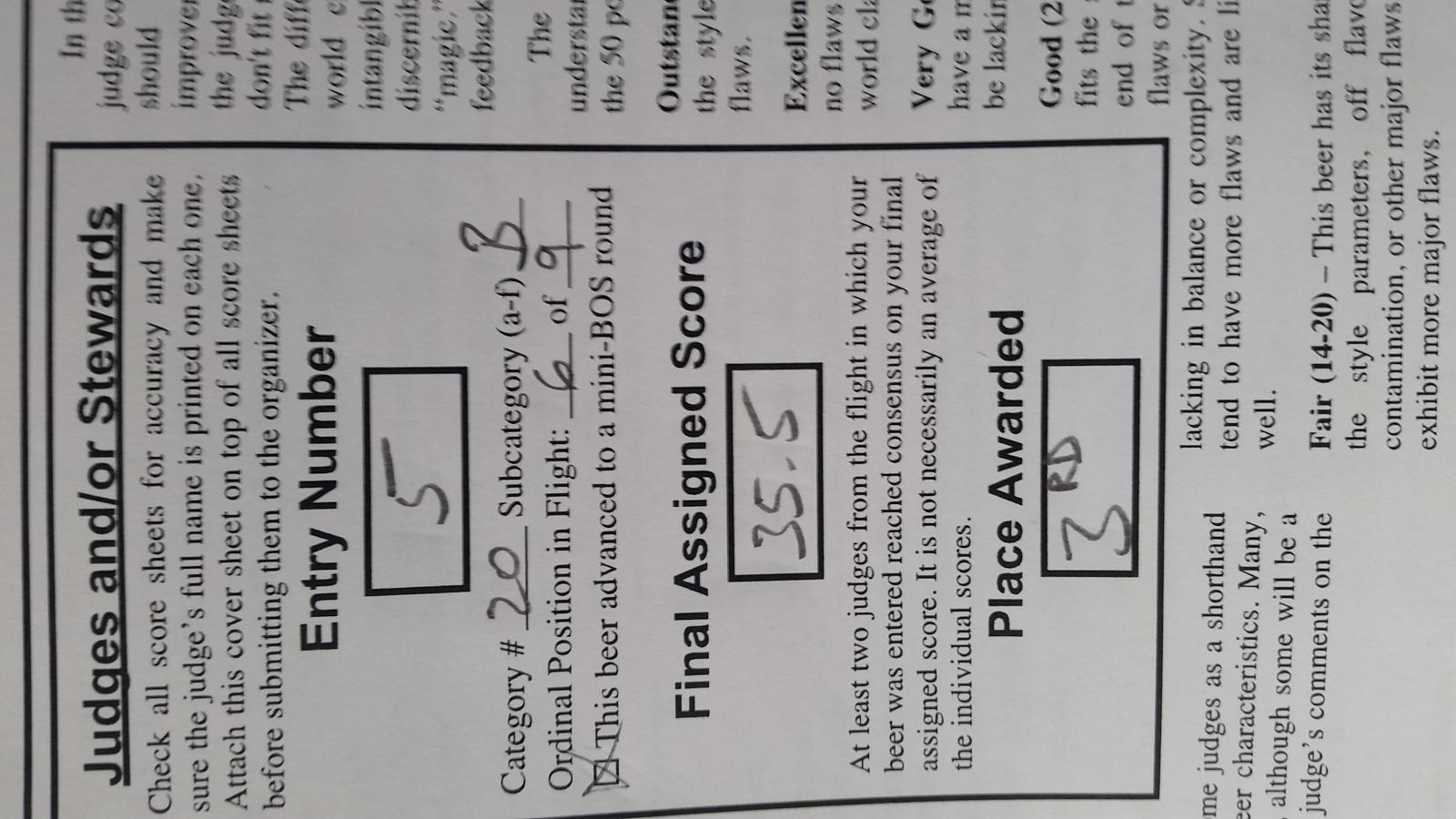Named for Arthur Guinness and his silky smooth contribution to the world.
I have a few extra cornies on the way to the house so I'm going to try and get two of these filled and set aside. I'd love to let these guys condition for 3-4 months before tapping them next fall. I'm not sure that's gonna happen though...

Many thanks to Dude (and others), whose guidance helped me keep this Guinness Clone true to it's simple roots...
*******
Batch Size: 10.00 gal
Boil Size: 12.00 gal
Estimated OG: 1.044 SG
Estimated Color: 23.8 SRM
View attachment 1561
Estimated IBU: 29.6 IBU
Brewhouse Efficiency: 75.0 %
Boil Time: 60 Minutes
Ingredients:
------------
11.00 lb Pale Malt (2 Row) UK (3.0 SRM) 63.8 %
4.25 lb Barley, Flaked (1.7 SRM) 24.6 %
1.75 lb Roasted Barley (300.0 SRM) 10.1 %
0.25 lb Acid Malt (3.0 SRM) 1.4 %
3.00 oz Goldings, East Kent [5.00%] (60 min) Hops 31.2 IBU
1 Pkgs Irish Ale Yeast (WLP004)
------------
Mash Schedule: Single Infusion Medium Body, Batch Sparge
Total Grain Weight: 17.25 lb
Oh...and this just in for those wondering how this would stack up against other stout recipes:














